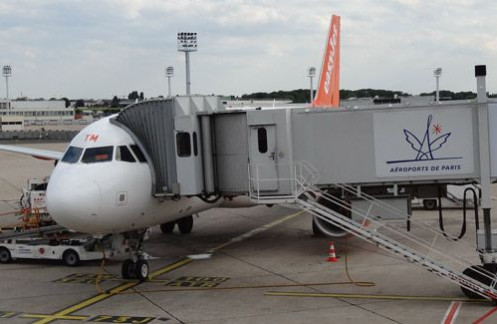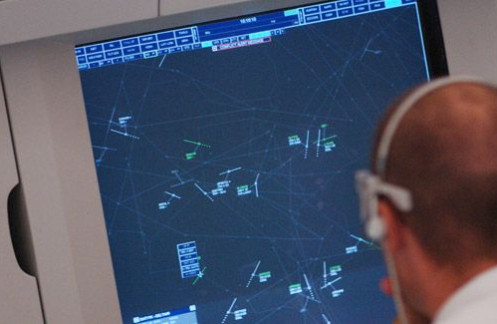Patrick CIBOULET and Raymond BOURSECOOP Department - RATP BusPatrick Ciboulet and Raymond Bourse, the key RATP players for the project, underlined “Eurodecision’s outstanding responsiveness” and “the record they achieved in terms of the quantity and quality of work performed”.
In 2006, RATP Bus had to re-organize its operations to meet the expanded transportation offer required by the supervisory authorities. This involved increasing the work force. But RATP management wanted to seize this opportunity to overhaul the organization of its transportation offer in order to improve productivity as well as to streamline and simplify the process. Dedicated RATP teams (COOP, the council for organizing and optimizing production, and MSE/Methods and operating systems) took on the project.
Work time at RATP was organized according to an annual contract concluded in 2001 with the labour organizations that notably defined 121 days off for bus drivers. The schedule for those days off was prepared manually, but it was neither efficient nor fair: differences for certain employee groups ranged from 115 to 129 days.
During the summer of 2007, a memorandum of understanding was concluded with the unions to limit the difference to a range of 119-123 days, and it was decided to reach 121 days off.
Only a few months were available to create and deploy a tool for planning the days off for the year to come. RATP teams worked relentlessly to define a mathematical tool able to take into account the numerous constraints concerning both productivity objectives and labour requirements, and then to develop an initial prototype.
The situation was extremely urgent, and the company selected Eurodecision, already an RATP partner for other projects, to develop the software module. The software had to be operational by the first week in October.
Eurodecision successfully met the challenge. Admittedly it benefited from the extensive work carried out previously by the RATP teams, notably a clear definition of the internal data to consider. The good relations between the teams also contributed to the project’s success. The Eurodecision team of experts quickly resolved the optimization challenges presented by the volume (13,500 employees working at 22 different centres) and the annual time frame of the constraints.
The tool’s end users in the RATP production centres, who were trained and had benefited from the assistance of the RATP units in charge of the project, easily transitioned from short-term schedules established by hand to annual, computer-generated scheduling of days off. The new tool was very well accepted.






